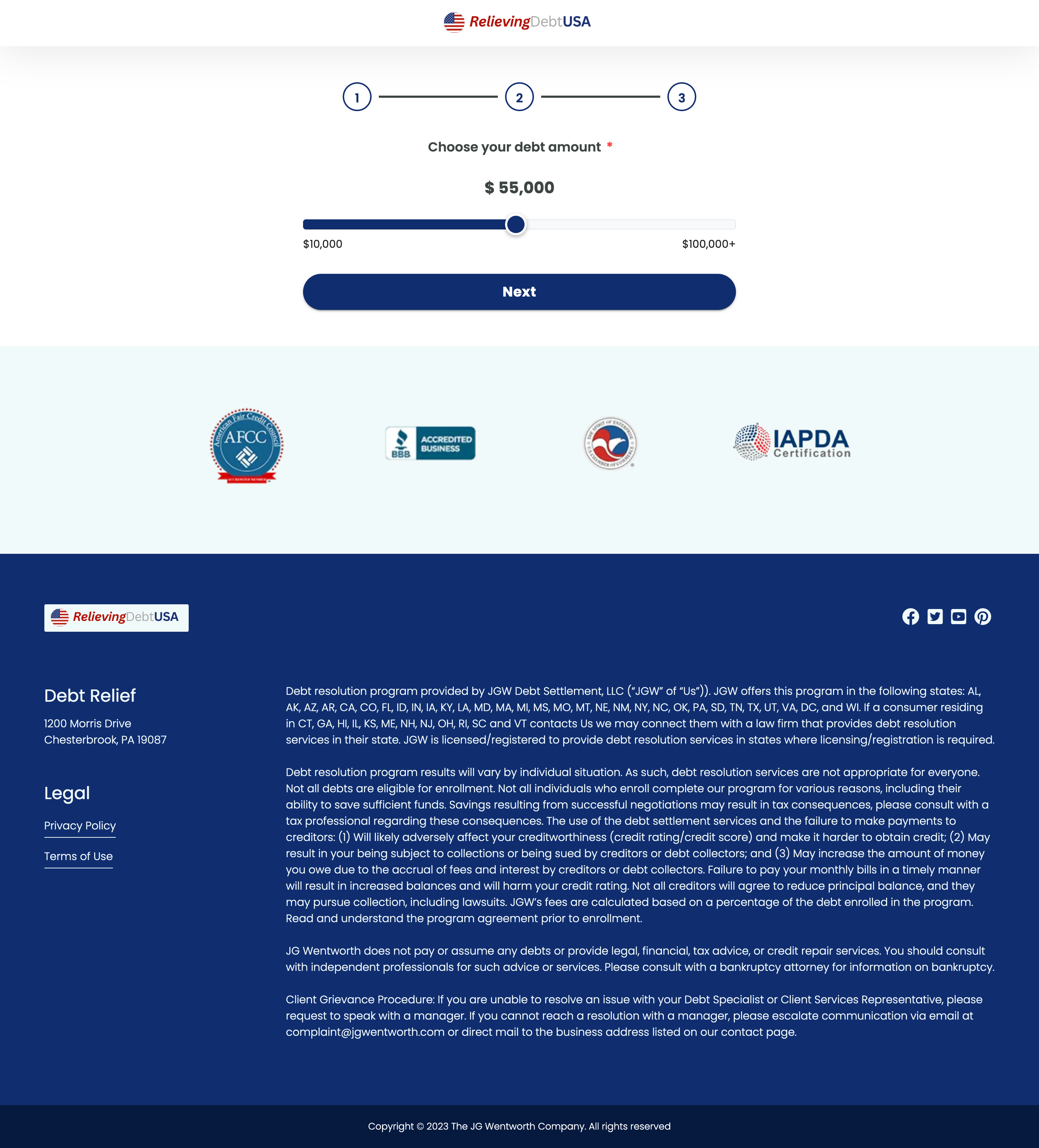What Can Affiliate Marketers Learn from Competitor Landing Pages?
Introduction
In the highly competitive world of affiliate marketing, understanding what works for your competitors can give you a distinct advantage. One of the most fruitful ways to gain this understanding is by analyzing competitor landing pages. By examining the design, content, user experience, and SEO elements of a competitor’s landing pages, affiliate marketers can learn valuable lessons to enhance their own conversions and sales performance. In this article, we’ll explore key insights and strategies that affiliate marketers can glean from analyzing competitor landing pages.
Analyzing Design and Layout
The design and layout of a landing page play a critical role in capturing user attention and guiding them through the desired action path. Affiliate marketers can observe how competitors utilize design elements such as color schemes, typography, and visual hierarchy to create a compelling user experience.
Consider these aspects:
- Visual Appeal: Notice the use of imagery and graphics that effectively highlight the product or service.
- Navigation: Assess whether simpler layouts with minimal navigation options perform better.
- Responsiveness: Evaluate how the design adapts to different devices and screen sizes to ensure an optimal mobile user experience.
Content Strategies and Messaging
Content is the heart of any landing page. Analyzing competitor content allows you to understand what messaging resonates with the audience and drives conversions.
Key points to consider include:
- Value Proposition: Identify how competitors are articulating their value proposition and addressing user pain points.
- Storytelling: Examine if stories or testimonials are used to create an emotional connection.
- Content Length: Determine the ideal balance between providing necessary information and keeping the message clear and concise.
Optimizing User Experience
User experience (UX) can significantly impact the effectiveness of a landing page. By analyzing how competitors optimize their UX, affiliate marketers can identify strategies to enhance their own pages.
Consider these UX components:
- Page Load Speed: Faster loading times generally lead to higher conversions.
- Interactive Elements: Explore the use of interactive elements like videos, quizzes, or sliders.
- Form Design: Observe how forms are positioned and designed to maximize submissions and reduce friction.
Compelling Call-to-Action Techniques
The effectiveness of a landing page largely hinges on the strength of its Call-to-Action (CTA). By studying competitor CTAs, you can refine your approach to encourage more conversions.
Focus on these elements:
- Button Text: Analyze wording that prompts users to take desirable actions.
- CTA Placement: Explore strategic placements that align with user scrolling habits.
- Urgency and Scarcity: Observe techniques that employ urgency (e.g., limited time offers) to drive immediate action.
SEO and Keyword Insights
Understanding the SEO strategies of competitor landing pages can provide clues to improve organic search visibility for your own page.
Insightful aspects to consider:
- Keyword Placement: Examine headline keywords and how they fit into the overall SEO strategy.
- Meta Tags: Review meta descriptions and title tags for inspiration on how to attract clicks from search engine results.
- URL Structure: Observe if well-structured URLs contribute to site credibility and SEO effectiveness.
Using a tool like Landing Page Ripper can facilitate the process by allowing you to capture landing page content for deeper analysis and comparison.
Ensuring Compliance and Trust
Compliance with legal and ethical standards is paramount in affiliate marketing. Studying how competitors handle compliance can safeguard your efforts.
Consider these factors:
- Privacy Policy: Ensure links to privacy policies and terms of service are prominent and accessible.
- Trust Indicators: Observe the use of certifications, badges, and reviews to build trust.
- Transparency: Analyze how transparent competitors are with their audience about affiliate relationships.
Testing and Continuous Improvements
Landing pages should evolve based on performance metrics. Examining how competitors iterate their landing pages can guide your A/B testing and optimization strategies.
Look into:
- Split Testing: Explore which elements competitors frequently test and adjust.
- Heatmaps and Analytics: Determine if insights are derived from visual data to better understand user behavior.
- Performance Metrics: Explore KPIs commonly targeted by competitors to evaluate the success of landing page iterations.
Conclusion
Affiliate marketers can greatly enhance their campaigns by learning from competitor landing pages. By analyzing design, content, user experience, and SEO strategies, you can draw insights that enrich your marketing tactics, making your landing pages more persuasive and effective.
For those interested in tools to facilitate the examination of competitor landing pages, the Landing Page Ripper offers solutions to download landing page HTML, enabling deeper analysis and adaptation of successful marketing strategies.









